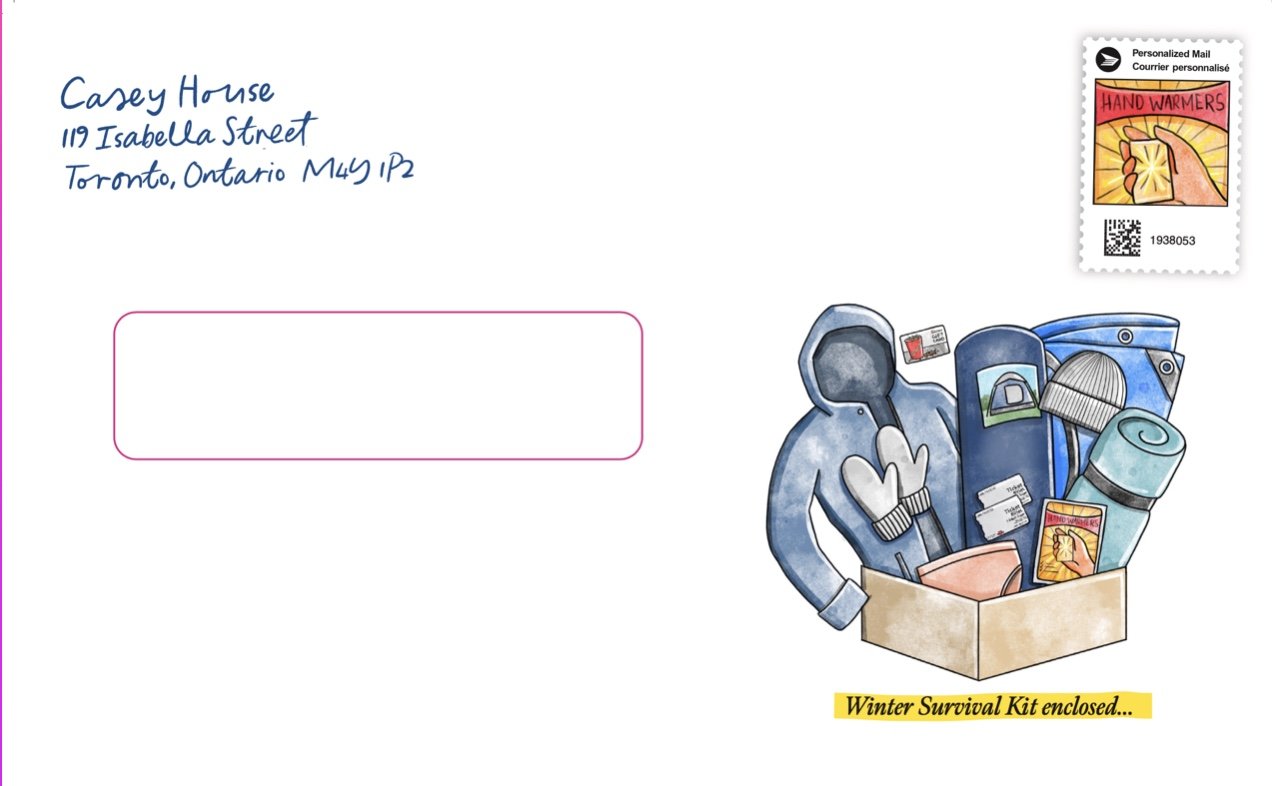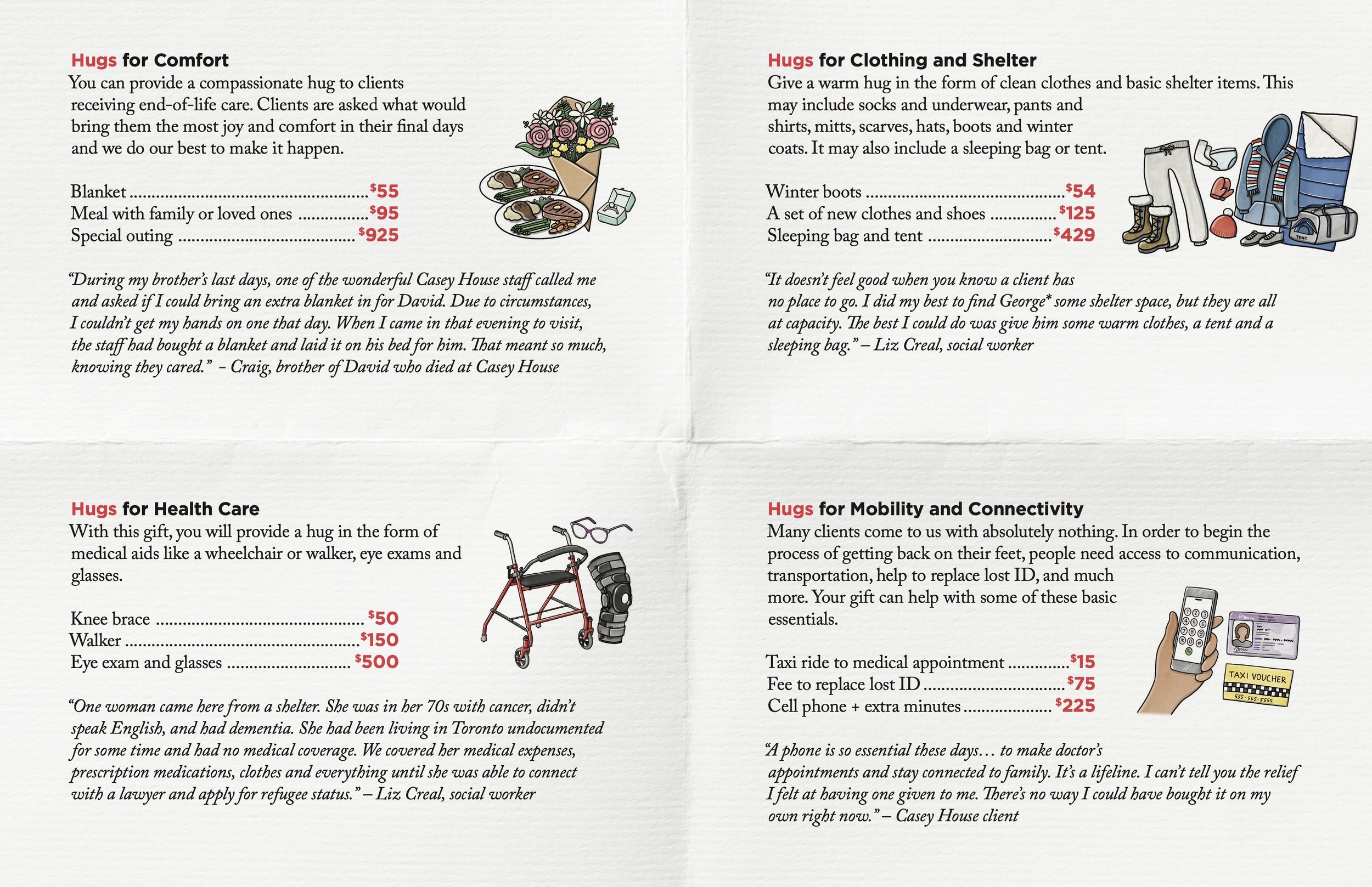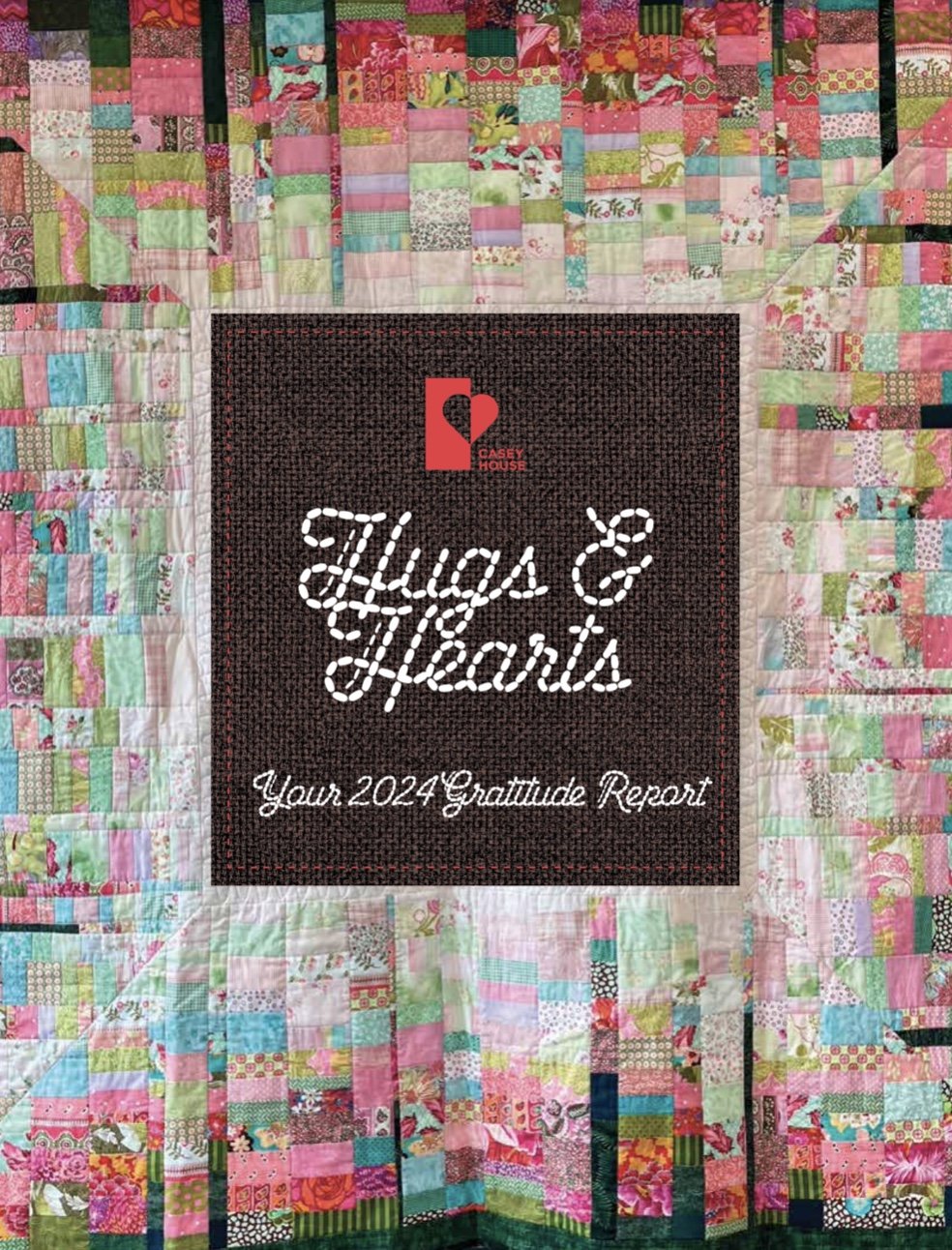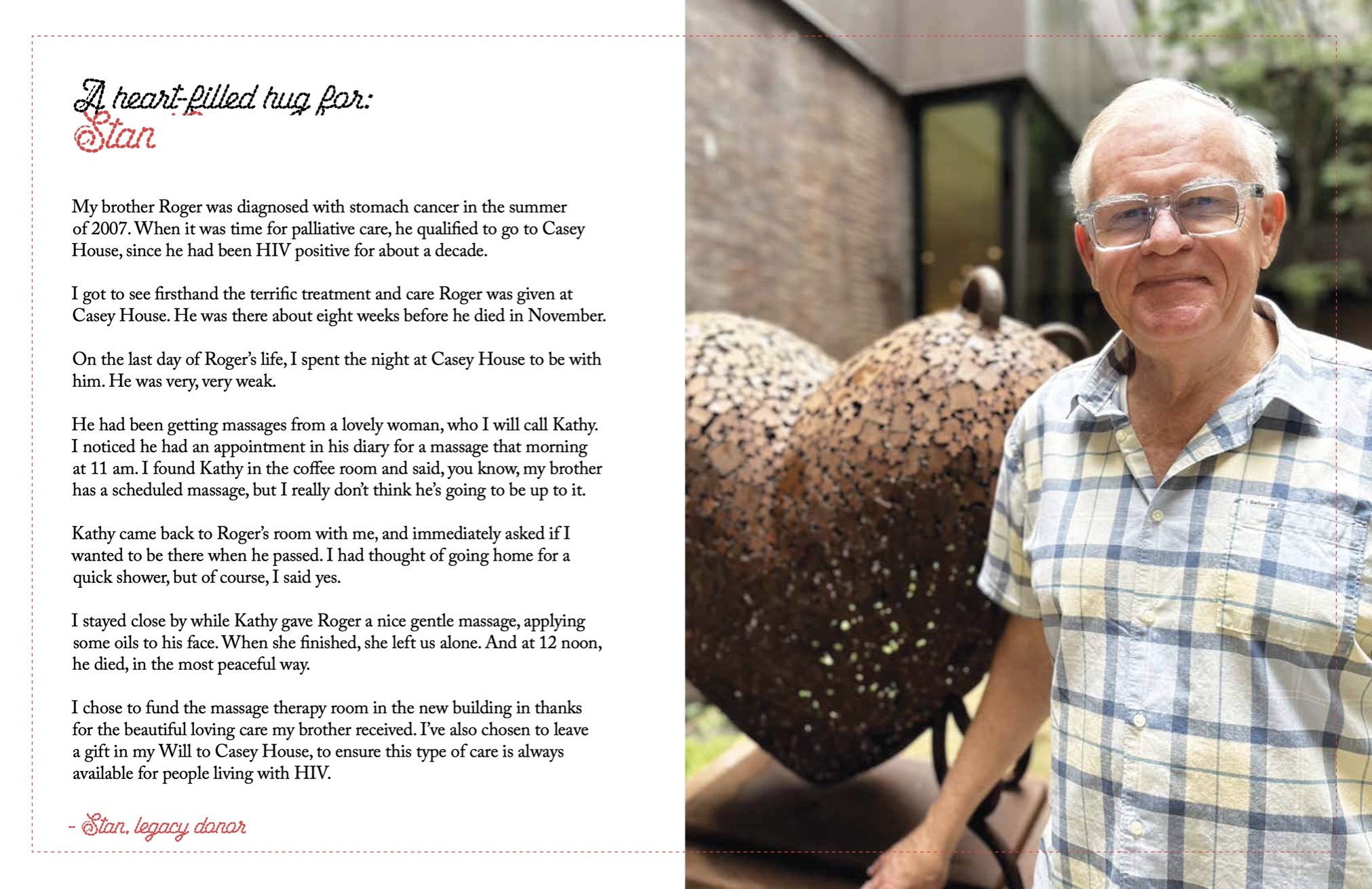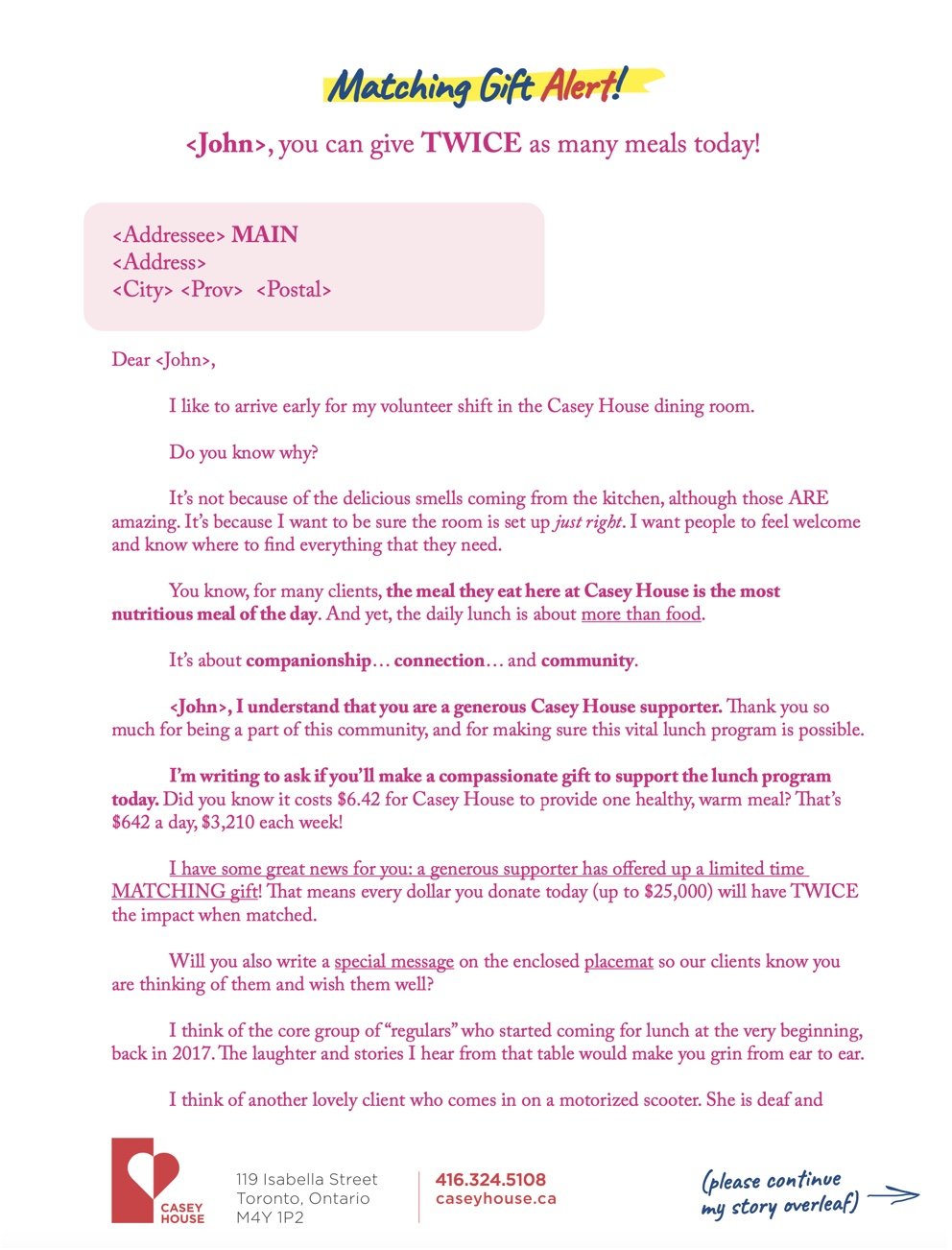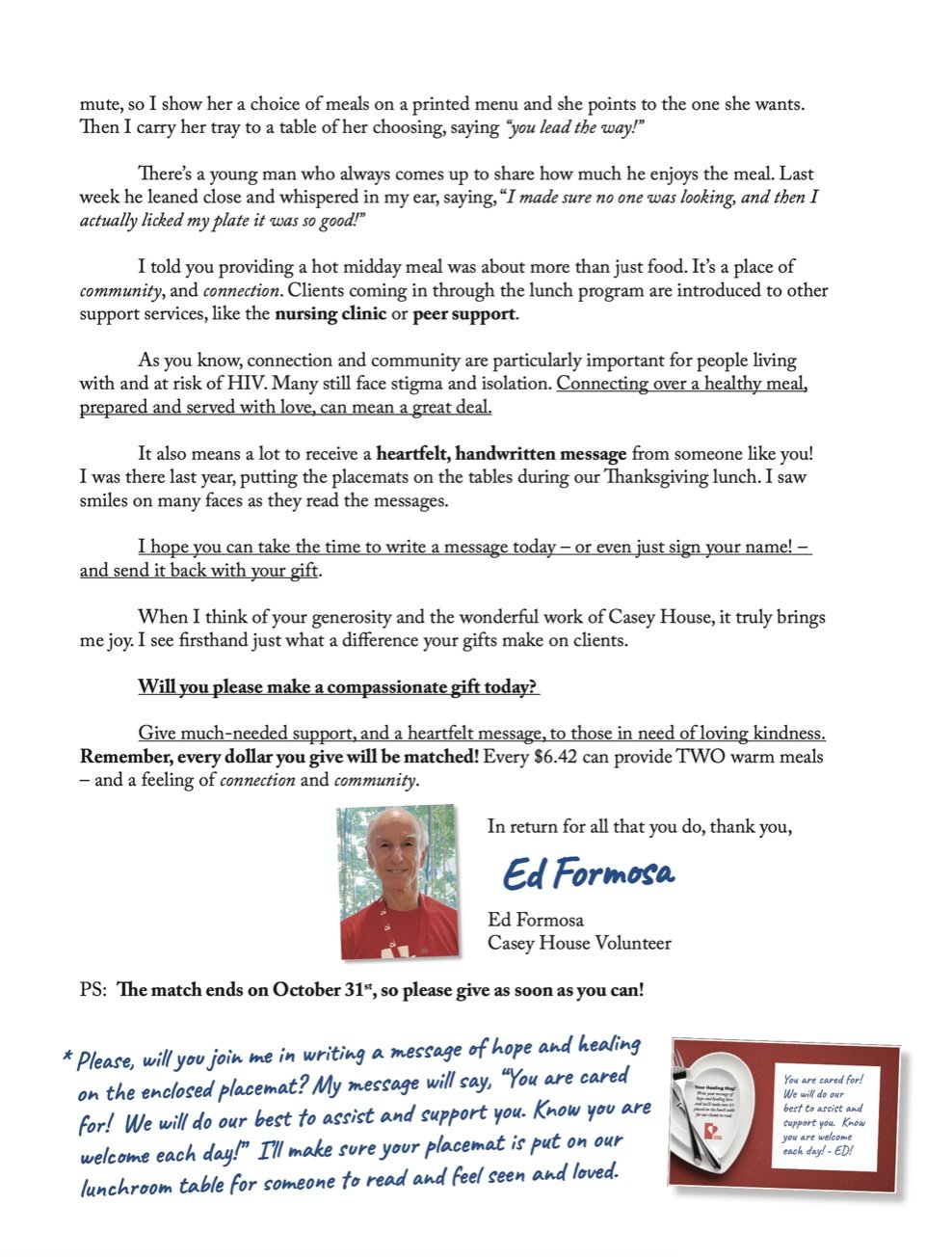(This is the fifth in a series of six posts on how to create a garden of stories your organization can harvest for appeals, newsletters, gratitude reports, social media posts and more. You can read refer to my main blog page for the other posts!)
Great stories told well can really help your donors to FEEL the impact of their giving in action!
You might also notice the theme of 'hugs' being woven throughout these appeals. This is because many people with HIV experience stigma around physical touch, so a hug is especially meaningful.
This is just a small sampling of the stories. This 24 page report DID also have some facts and figures in it, of course, and lots of great info on what the donors gifts had accomplished over the year, just like any good annual report. It had an impactful letter from the CEO too.
Previous
Previous
Story Gardening Step Five: MAINTAIN
Next
Next

